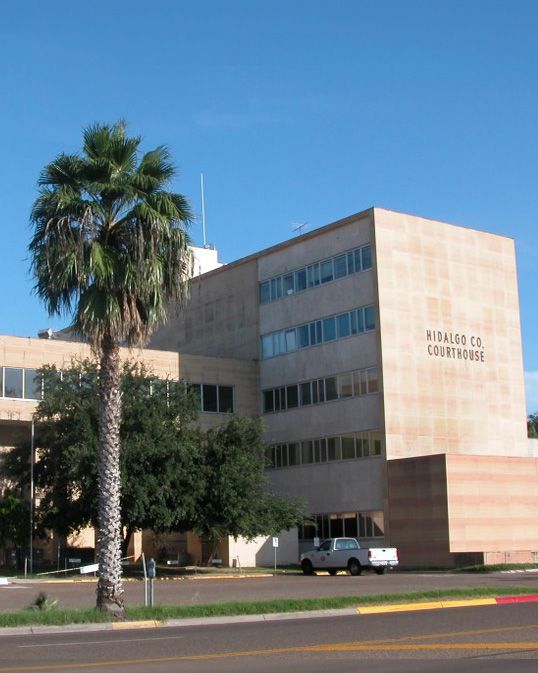Who Is Responsible if I was Injured in Turbulence?
LAW BLOG •
It doesn’t always take a plane crash to cause airline passenger injuries. Sometimes, in-flight turbulence is enough to lead to slip-and-fall injuries, being hurt by luggage falling from overhead bins, or other such incidents. Serious turbulence accidents are rare, but they do happen. According to the Federal Aviation Administration (FAA), about 58 people sustain injuries from turbulence every year in the United States.
In a span of 28 years (1980 to 2008), the FAA recorded 234 turbulence incidents, resulting in 298 serious injuries and three deaths. Flight attendants were the victims of 184 of these injuries, while passengers made up 114 of the injuries. Two of the three fatalities were passengers not wearing seatbelts. If you receive an injury because of in-flight turbulence, learn who might be responsible for compensating your damages.
The Airline
An airline is a common carrier, or an entity that transports passengers for money. As a common carrier, airlines owe heightened duties of care to guests. Federal laws require common carriers to act with high standards of care, including the utmost vigilance in keeping passengers safe. An airline must do all things a reasonable and prudent person would do to prevent injury to passengers, even during turbulence. This might include illuminating the seatbelt sign, warning passengers of foreseeable turbulence, and striving to keep luggage in overhead bins during a bumpy ride.
Airlines are not liable for accidents due to “acts of God,” such as a bolt of lightning or other unforeseen event of nature. Turbulence is one such act of God, but it may not be a defense the airline can always use. While an injured passenger cannot blame the airline for the occurrence of turbulence, it may have a claim if the airline’s negligence contributed to the related injuries. For example, if the flight crew could foresee the probability of turbulence yet failed to warn passengers, injured parties may have a claim based on negligence.
An Airline Employee
If an employee contributed to your injury, you may have a claim against the individual and/or the airline. For example, if the employee bumped a cart into you when rolling by, failed to close a luggage bin properly, or fell onto a passenger during turbulence, you may have a claim. Claims involving the carelessness or inattention of an employee would center on the theory of negligence. As an injured party, you would have to prove that the flight attendant or other employee owed you a duty of care, breached this duty, and that this breach caused your turbulence-related injuries. Strict liability laws may make it possible to sue the airline for the actions of its employees.
Product Manufacturers
When a defective product causes your turbulence-related injuries, you may be able to file a product liability claim against the manufacturer or distributor. This might be the case if a defective seatbelt came undone during turbulence, if a cart with a bad wheel rammed into you, or if an overhead bin with a defective latch opened and dumped luggage onto you. Defective products may provide the opportunity to take up a case against the manufacturing company. If the product was faulty because of poor maintenance on the airline’s part, liability may again reside with the airline itself.
The Federal Aviation Administration
In some turbulence cases, the FAA may be at fault. It is the FAA’s duty to control all air traffic in the United States. Keep in mind that lawsuits against the FAA must abide by the rules of suing a government agency. Speak with a personal injury attorney in Houston when trying to decide which party or parties may be liable for your turbulence injuries.
The post Who Is Responsible if I was Injured in Turbulence? appeared first on GES Injury Attorneys.
Every state limits the amount of time you have to file a claim.
Don't Delay.
Contact the Attorneys at Gordon & Elias, LLP Today to preserve your right to a recovery.
Contact Us
We will get back to you as soon as possible.
Please try again later.
100% FREE CASE EVALUATION
Free Consultation • No Fee If No Recovery



